Dealing with difficult emotions is not an easy thing to do, but repressing them deep inside your heart is also not the way to go. If you don’t want the difficult emotions to hold you back all the time, then you need to work towards releasing them in healthy ways.
Do your emotions wreak havoc on your life? If you’ve lived for more than a decade or two, chances are there are some deeply buried emotions inside of you that hold you back in your life.
You may not be consciously aware of these stuck emotions on a daily basis but they are clogging you up and robbing you of precious emotional bandwidth that could be used for more joy, lightness, and bliss.
Maybe your unprocessed emotions show up in the form of unexpected anger toward your loved ones… or as an unreasonable amount of resentment or judgment towards people you don’t know.
Your stuck emotions hold you back in every area of your life. They are the toxic sludge in the plumbing of your subconscious mind. They hold you back in how you connect with others, how you show up sexually, and in the level of joy that you experience on a daily basis.
And it isn’t entirely your fault. You’ve been encouraged to keep your emotions repressed. Because truth be told, when you’re emotionally constipated you are an easier target to sell to. Society has a vested interest in keeping you feeling stuck and unhappy.
Well, that ends today.
By gaining access to your stuck emotional energy and feeling your way through it, you will then have the freedom and full permission to live without your old emotional residue.
If you engage in the following process, even just a small handful of times over the next month, you will notice a significant and obvious feeling of weightlessness. Physical tension will melt out of your body, and your relationships will improve overnight.
I have nothing to sell you at the end of this article. I just want you to feel the emotional freedom of the state that you feel after stripping away all of the unproductive emotional weight that you don’t need to carry around anymore.
Fair warning: this isn’t about a magical cognitive reframe where you read a sentence that clicks with you and allows you to intellectually bypass your feelings.
Read 4 Ways To Cope With Negative Emotions
You will have to follow the instructions presented in this article and dedicate at least a couple of hours towards your process – and yes, you will probably have to cry out some old emotions. So get your tissues ready.
Here we go!
How To Find And Access Your Repressed Emotions
If your emotions have become conditioned, over time, to not expect that they can get your attention, it will take some time for them to trust you again.
Just because you have the intention of wanting to feel your feelings, doesn’t mean that they will all willingly present themselves to you in order for you to process your way through them.
This process will require some patience. And the longer it’s been since you were consistently emotionally authentic with yourself, the more time it will take for your emotions to surrender themselves to you.
Here are 5 most effective way I have found to coax repressed emotions out of hiding.
1. Remove distractions.
Create a sacred space for your emotional processing.
Turn off your phone, tablet, computer, or anything else that could interject into your energetic space. Pick a time when you know that you’ll be able to dive into your feelings without interruption.
2. Get still.
In order for the emotional chaos to feel safe enough to bubble up to the surface, you have to become physically still. Emotions flow through softened bodies.
Whether you’re lying down or sitting comfortably is up to you. Just make sure that you’re in a relaxed position and your major muscle groups aren’t tensed up.
3. Breathe deeply.
Utilize your breath to connect your mind to your body. Breathe deeply, expanding your breath into every part of your body. As you do this you may notice places in your body where you were holding physical tension.
Soften your shoulders. Let your tongue disconnect from the roof of your mouth. Relax your legs fully. Breathe your full breath into every inch of your body, and begin to notice what starts bubbling up for you, without judging whatever you find.
4. Locate your emotions in your body.
At this point in time, you may start to notice certain areas that are tenser than others or specific emotions that you may be able to name simply by feeling them. You might notice things like, “I feel tense/anxious in my throat”, “I feel sadness in the pit of my stomach,” or “I feel anger in my chest.”
Whatever you notice, it isn’t right or wrong, bad or good. It simply is. If you are able to, name your findings out loud (i.e., “I feel grief in my heart”) in order to validate your findings outside of your mind.
Read Ways to Banish Negative Energy from your Body
5. Thank them.
Now, with whatever emotions you have found, thank them for being there and for allowing you to be aware of them. As always, you want to say something in a way that makes sense to you.
You might say something like, “Thank you for letting me witness you, sadness”, or “Thank you for showing yourself to me, anger.” You can even take it up a notch by adding on, “You have a home here,” or “You can stay for as long as you need to, my beautiful friend.”
The point is to welcome the emotion into your body/awareness as you would a house guest that you’re glad to see. With grace, compassion, and kindness.
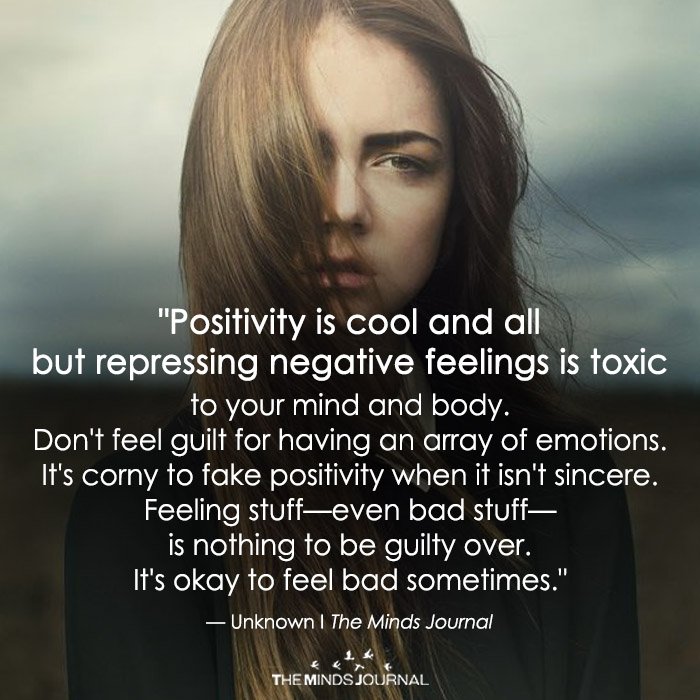
How To Process And Heal Your Difficult Emotions
Once you have located and possibly named the emotions that you have treasure-hunted in your body, it’s time to start expanding into them and allowing them to move through you.
And remember, if you are at a stage in your emotional journey where the specifics of what the emotion is isn’t clear to you just yet, that’s totally fine.
You don’t need to be able to label an emotion in order to feel it. In fact, the following steps might help you in multiplying the emotion to a larger state, and, as a result, it may become more clear what it is throughout the process.
1. Encourage them to be bigger.
Now that you’ve touched base with the emotions in your body, it’s time to start encouraging them to grow inside of you.
The only way to allow your emotions to move through your body is to accept that they are there and to encourage them to have your full attention for a moment in time. It is the resistance of the fact that the emotions live inside of you that has kept them stuck for so long.
Encourage them to be bigger by saying things like, “Thank you, please show me more,” or “It is safe for you to show me more of this, sadness.” Again, speak to the emotions as if they are an old, trusted friend. Be gentle and encouraging, and allow the feeling to grow in you, if only by allowing it to grow 5% at a time.
2. Breathe them into more fullness.
If you feel like you can only coax the emotions out with words and encouraging phrases to a certain low ceiling, then it might be time to breathe them into more fullness.
Breathe deeply while consciously spreading your specific emotion throughout your body. For example, if you’re feeling anxiety in your stomach and throat, then mentally allow your anxiety to take up your entire torso, and then your entire body. Give it full permission to take you over while you surrender to it fully.
Remember, no emotion is permanent.
Even if this exercise results in some temporary discomfort, it will be well worth it because you will have allowed the stuck emotion to have all of your attention, after which it will be able to properly move out of you once and for all.
3. Tell them “thank you, please show me more”.
Continue alternating deep breaths with encouraging words. Continue to magnify and expand the emotion throughout your body.
“You have a home here sadness/anxiety/grief/jealousy,etc.. Show me more. What would even more of this emotion feel like? Please show me, I can handle it. Thank you.”
4. Move your body/shake/TRE them out.
If sitting or lying down feels too stuck or stagnant by this point in the process, you are fully allowed to stand up, move your body around, and let the emotion move you as it needs to.
This is also a good stage to practice trauma release exercises (or TRE) in order for your body to start to shake out it’s physical tension.
If you haven’t heard of trauma release exercises, it’s essentially when you intentionally have your body induce tremoring in order to shake out old, buried stress and tension. One of the easiest ways to do this is to lie flat on your back with your feet touching and your knees spread apart. Then, verrrrry slowly bring your knees together until they start shaking and keep your legs in that position so that the tremoring continues.
Congratulations, you’ve just induced a trauma release exercise.
Read 15 Art Therapy Exercises to Control Your Mind and Channel Your Emotions
5. Continue to breathe.
Remember, whether you’re doing TRE, verbally encouraging your emotions to expand in your body, or lying down and bawling your eyes out, continue to breathe deeply.
Your conscious breathing allows the movement of the emotions to continue to flow throughout your body.
6. Allow your emotions to be there without judging them.
If you feel overwhelmed by anger and you need to hit your pillow against your bed, go for it. If you need to scream into a pillow with frustration, that is allowed. If you need to hold yourself and sob uncontrollably, that is fine too.
Whatever you need to feel, it is all alright. Simply allow the emotions to be there without judgment.
There is no proper way to do this exercise. Your process will often seem to be interrupted by an incoming emotion but it is never actually interrupted. The point of this overall process is to allow whatever feelings are that come up.
If you feel numb, then feel numb. If you feel sad, then allow yourself to be sad. There is no proper order there is no success there is no failure. Simply be with whatever comes up, as it comes up.
Your only goal is to allow your emotions to happen.
What To Do After Feeling Your Feelings
After a certain amount of time, it may feel like your emotional processing session has run its course. Whether you’ve been feeling your feelings for five minutes or five hours is irrelevant. The fact that you’ve been self-loving enough to even attempt to feel your repressed emotions is commendable enough.
Here are some good, loving steps you can take to honour yourself after your emotional processing.
1. Wipe away your tears.
Or let them dry on your face. Either way, tend to yourself as you like being tended to.
2. Be gentle with yourself.
Take a bubble bath. Eat some dark chocolate. Lie down for a nap. Wrap yourself in your favourite soft blanket. Sink into your favourite self-care practices.
Whatever your heart tells you is the most self-honouring and self-compassionate step is likely the best course of action for you to take.
3. Journal about your experience or talk it over with a close trusted friend.
Did a new lesson come up for you during your emotional processing? Did you realize one of the root causes of your suffering? Did a painful memory come up for you?
Take notes in your diary/journal/cell phone’s notepad for future reference. Not much of a writer? Feel free to phone up/meet up with a close trusted friend to talk about your experience.
Read 6 Science-Based Tips To Control Your Emotions
4. Take action on anything new that you may have learned about yourself.
Did you think of someone that you wanted to apologize to regarding your past behaviour? Did you realize that some significant part of your life (your relationship, your job, your lifestyle choices, your health habits, etc.) feels out of alignment?
If new courses of action were presented to you, now may be the time to take action on whatever you learned. And if the realizations seem extra world-changing (i.e. selling your house, moving to a new city, ending a relationship), then you may want to sleep on your newfound action plan and wait until you wake up in a more level-headed state.
You Processed Your Emotions! Congrats!
Again, I want to honour you for taking the time to do this for yourself.
Whether it was your first time or five hundredth time, taking the time to allow your emotions the chance to move through you is one of the most self-loving things that we can do for ourselves.
And if you want to make this into an ongoing practice, feel free to bookmark this article for future reference.
Dedicated to your success,
Jordan
Written by Jordan Gray Originally appeared in Jordan Gray
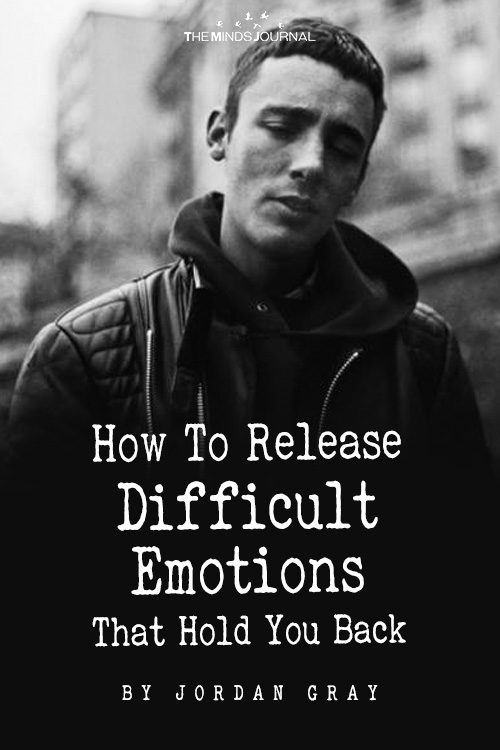
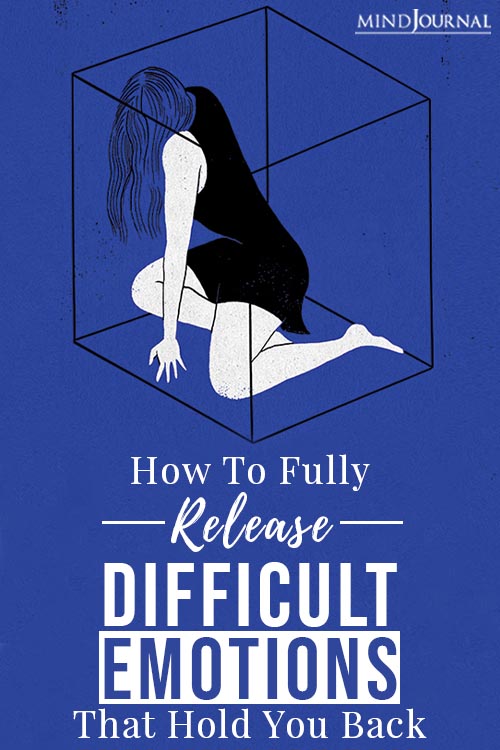
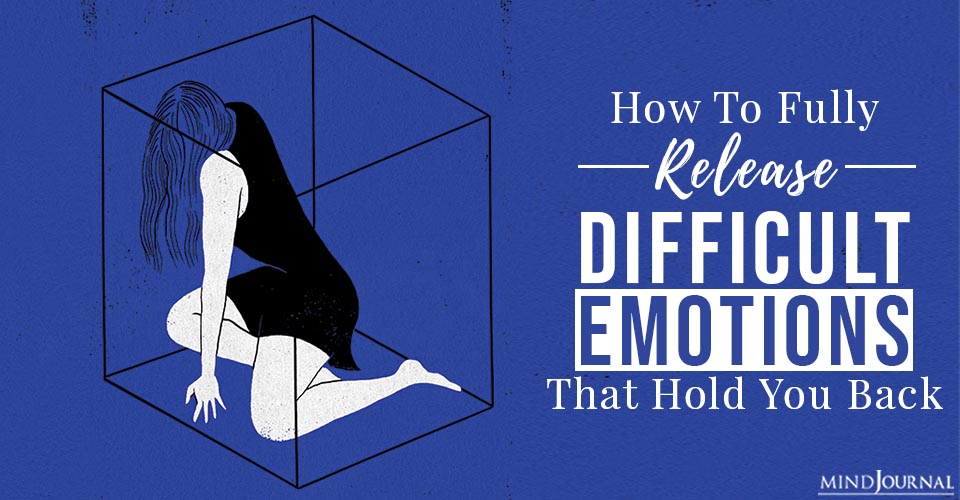

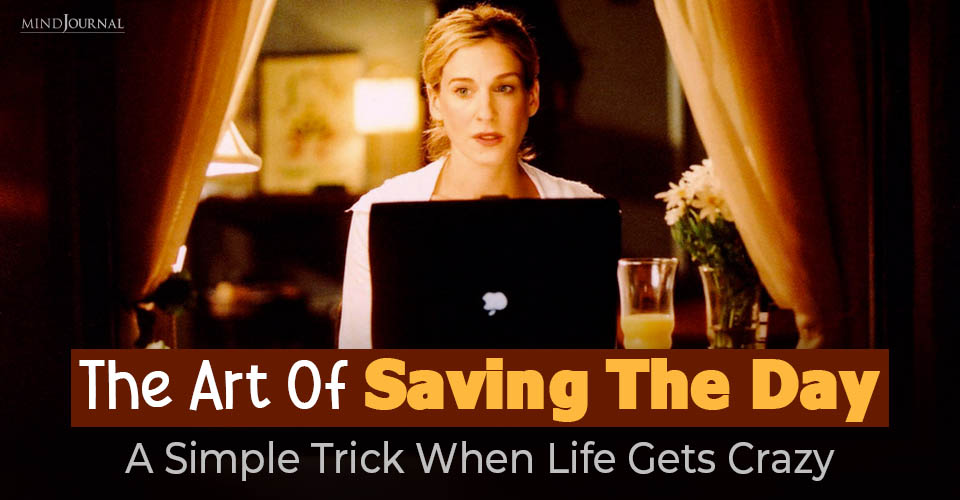
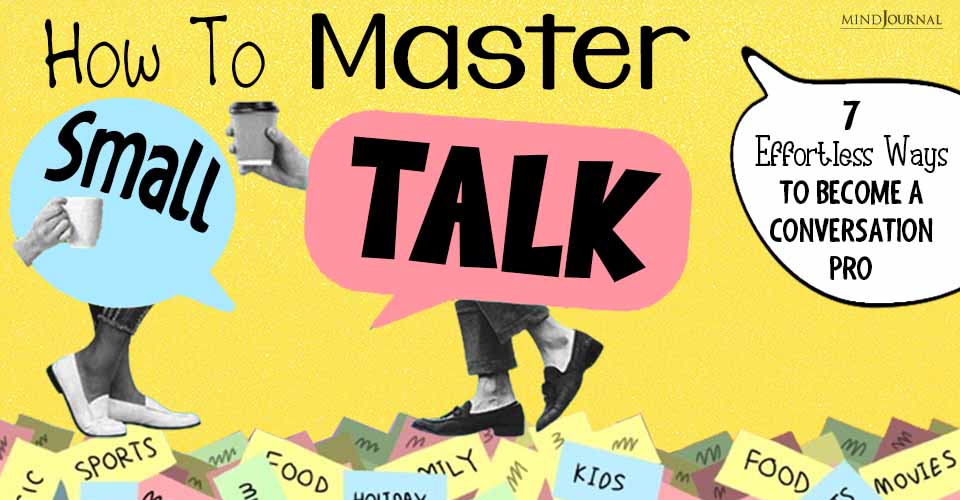
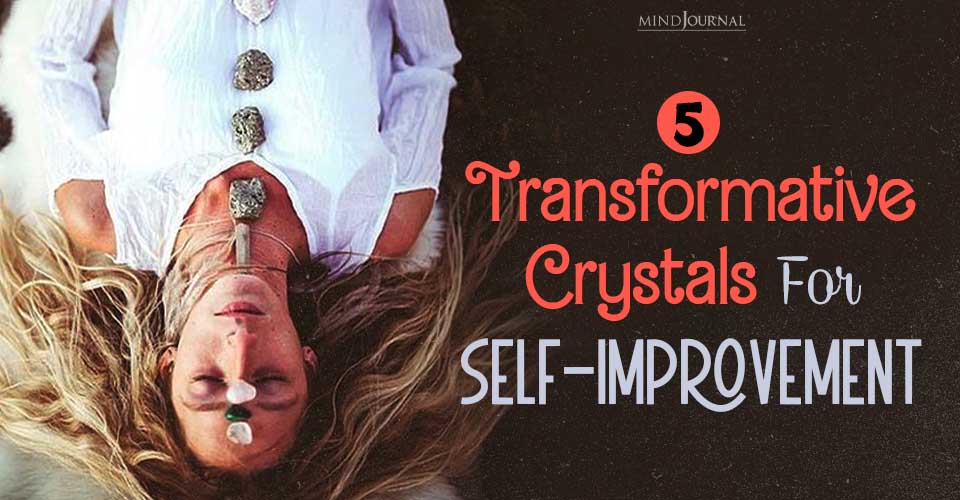
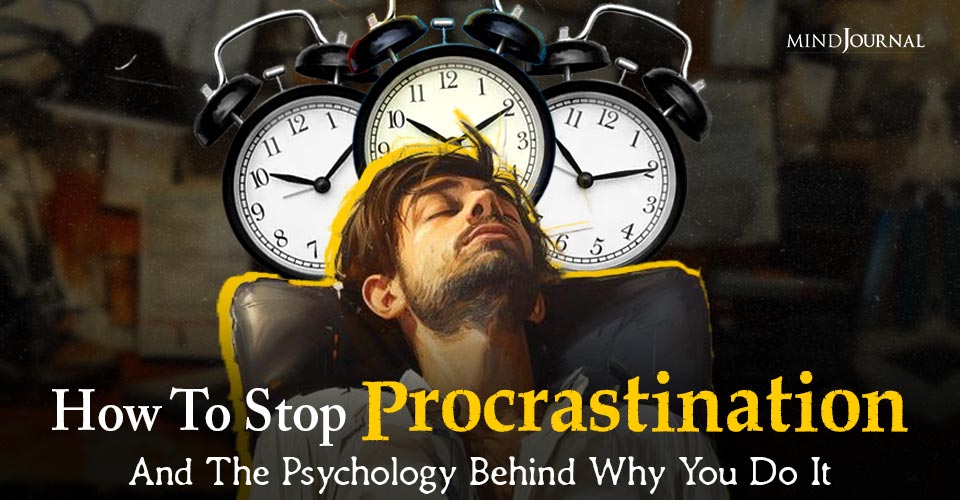


Leave a Reply
You must be logged in to post a comment.